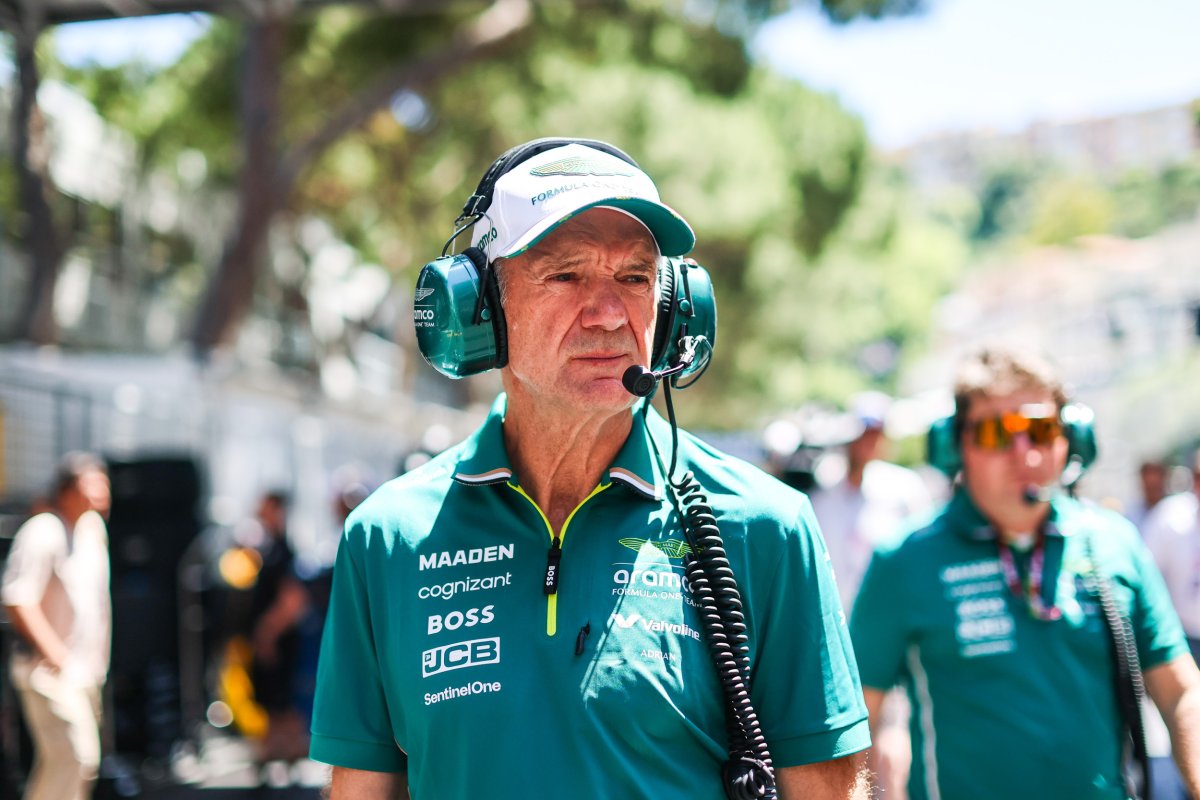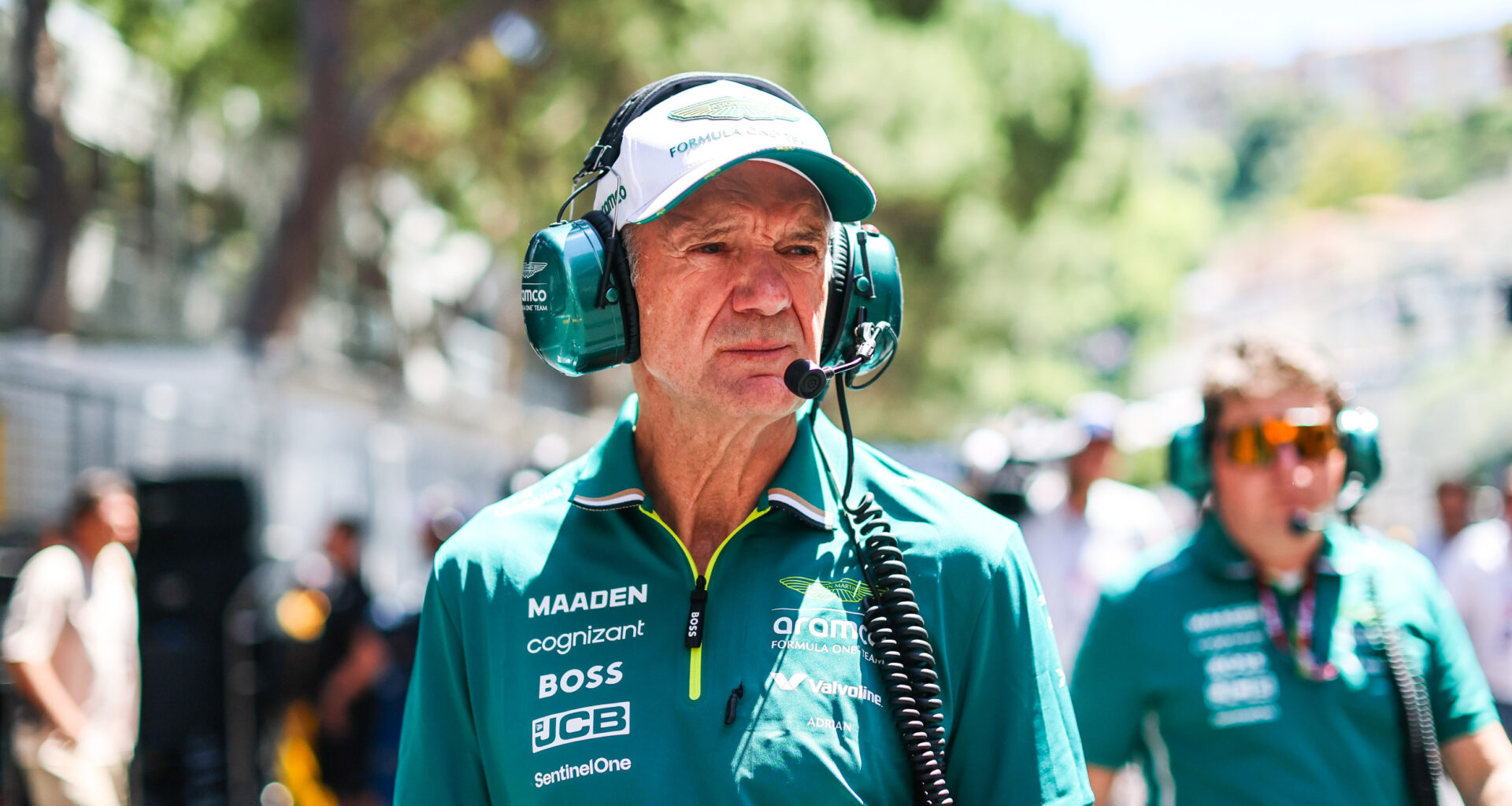Formula One aero guru, Adrian Newey, who joined Aston Martin as a managing technical partner and shareholder in March, has opened up about the upcoming 2026 F1 regulations for the first time, hinting that there remains limited flexibility in design.
For the first time in more than a decade, new engine and chassis regulations will be implemented next year, leading to entirely new F1 cars on the grid that will be lighter and slightly smaller than the current ground effect cars. They will also feature active aerodynamics on the front and rear wings.
One major difference in the 2026 F1 car will be the way it is powered. The new car will feature an electric motor and an internal combustion engine, with the power being split equally between the two.
F1 teams were allowed to begin their work on the 2026 car from this year, as they continue focusing on the 2025 season. Juggling between the two cars has been quite a task, and many teams are ending their progress of the current car after the summer break.

Adrian Newey of Aston Martin walks in the paddock during the F1 Grand Prix of Monaco at Circuit de Monaco on May 25, 2025 in Monte-Carlo, Monaco.
Adrian Newey of Aston Martin walks in the paddock during the F1 Grand Prix of Monaco at Circuit de Monaco on May 25, 2025 in Monte-Carlo, Monaco.
Kym Illman/Getty Images
The current regulations offer little design flexibility to teams to experiment with their cars’ components, pushing them to find creative loopholes. The 2024 season saw McLaren introduce a rear wing that flexed under pressure at high speed, creating a semi-DRS effect. While the FIA deemed it to be legal, it reportedly asked McLaren to change the design after facing backlash from other teams on the grid.
As F1 teams rely on such grey areas in the regulations to extract further performance from cars, Newey has suggested that the 2026 regulations don’t offer “much room” to experiment, but admitted that a deep dive into the rules could help obtain a certain amount of flexibility. Speaking to F1-Insider, he said:
“When I first saw the rules, my initial reaction was, ‘Oh dear, that doesn’t leave much room for maneuver!
“But when you delve into the details, you do see a certain amount of flexibility. But as always in Formula 1, after three or four years, the teams will converge.”
Aged 66, Newey parted ways with Red Bull last year, where he designed the team’s dominant cars that helped Max Verstappen secure four championships. After starting his new role at Aston Martin, the Briton admitted that he went into a “design trance,” as his wife calls it, working “flat out” continuously except on one weekend, to design “a fast racing car.” He added:
“I had a weekend off recently, but apart from that, it’s been pretty much flat-out nonstop. When I enter such a phase of intense concentration, I barely notice anything to the left or right. All my computing power is channeled toward one goal: designing a fast racing car.”
Newey is currently working on “the front and rear suspension, the fuel tank size, and the wheelbase” of the 2026 Aston Martin F1 car. However, he mentioned two shortcomings affecting his work, for which his team may have to rely on mid-season upgrades. He said:
“On the one hand, we don’t have enough time, and on the other, our simulation tools may be a bit weak. So we have to try to make the best possible assessments. If necessary, the body and wings can be adjusted during the season.”

